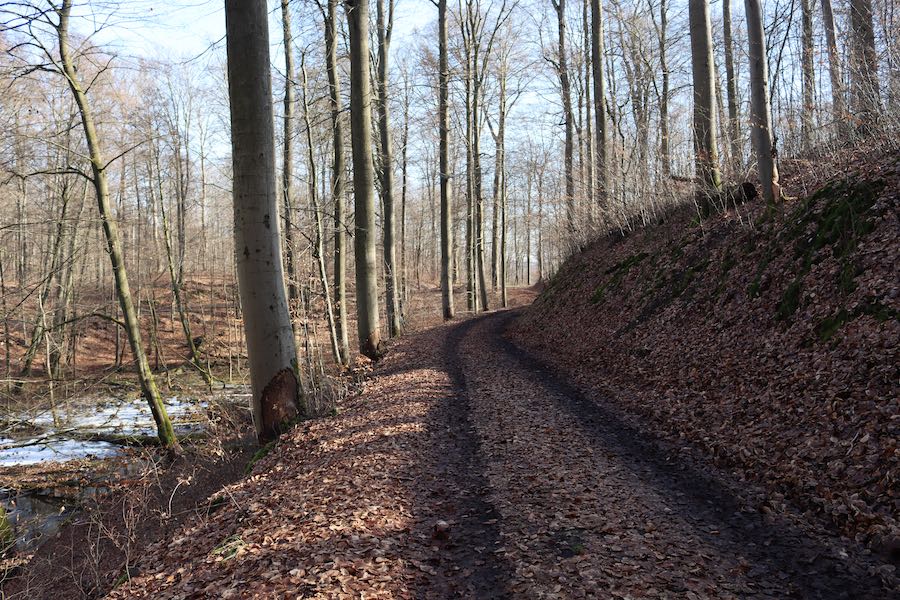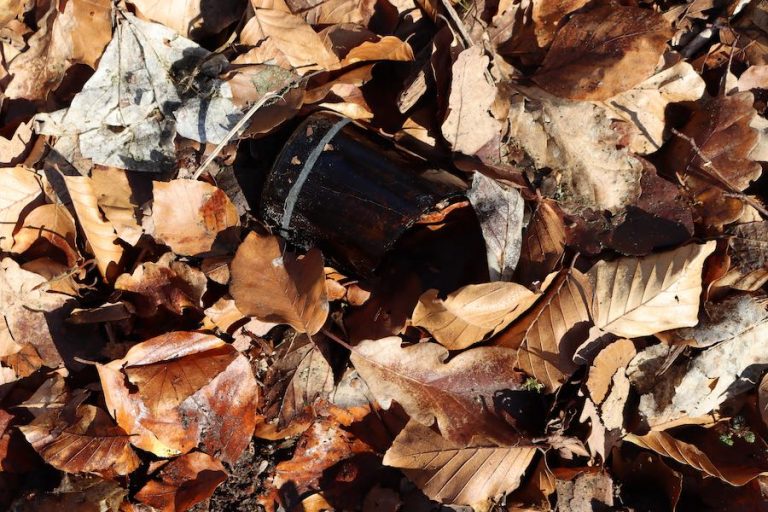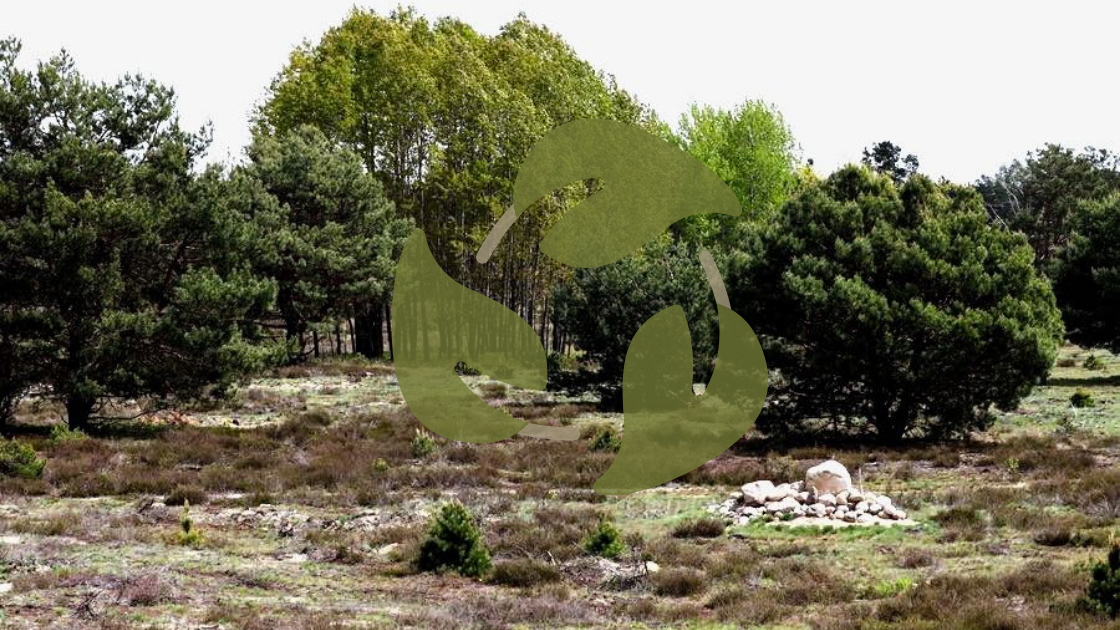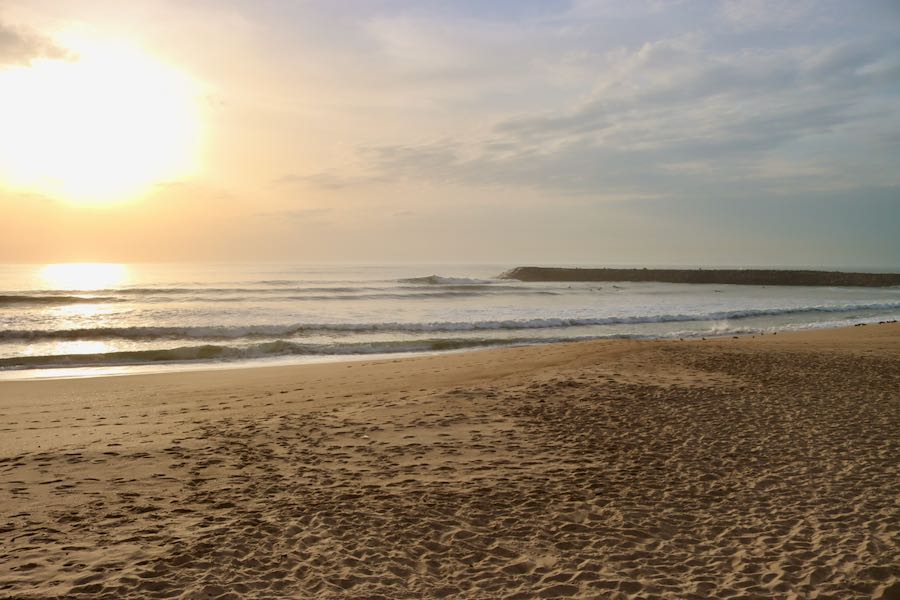The very nature of hiking already makes it a sustainable activity. We use our own legs to propel us forward, with no harmful gases or emissions. Hiking teaches us to live with less, to appreciate water and natural resources.
So much so that most of us who love hiking in nature love our planet and care about environmental conservation.
So what are the best ways to be sustainable on a hike and keep our land as healthy as possible? Here I’ve separated some tips to reduce your physical and metaphorical footprint while you hike in nature.
Avoid popular trails
Choosing your route is always the coolest part of planning a hike. After all, our adventure begins before travel or hike.
And sometimes you might be seduced by some hike photo you saw on Instagram. But no matter how attractive that popular hike looks on social media, it’s worth doing your research on the current level of traffic on a trail you’re considering.
Is it suffering from over-tourism? Have large crowds damaged the trail or are they affecting the hiking experience? If so, look for some less travelled options that may simply be a thousand times better. Also, check what the trail is like during and out of season. If they are still safe to access, you may have the place to yourself.

Stick to the trails

The trails exist for a reason. Avoid blazing your own track. Keeping the human impact on established trails not only preserves the surrounding environment but also eliminates the possibility of accidentally trespassing on private lands and lowers the risk of injury. The same goes for the places you set up your tent – if a trail is a home to established campsites, opt to use them instead of creating your own. All those individually made fire circles and wind shelters can start to add up, disrupting the paths and views that everyone came to enjoy.
If you are planning something more advanced like hiking across the Alps, it might be best to have some experienced help.
Choosing the right operator goes a long way when it comes to sustainable travel. Before you book, be sure to ask important questions: what steps is the company taking to reduce the impact they are having on a place? Are they locally owned (thus keeping money circulating in the local economy)? Are they paying their staff members (both guides and porters) fair wages? A good company will present on their policies and make you feel comfortable asking.
Bring well-made gear
Good boots, backpacks, hiking poles, sleeping bags, whatever you need that are trail-specific. This makes a tremendous difference in your mood for long hikes. Besides of course saving your back during a long day of hiking.
Also, try to use gear from a company that has a solid repair policy – sometimes fixes are simple and can extend the life of your gear by years. When appropriate, also consider searching for second-hand or lightly-used products; this will not only keep those items from turning into the trash, but they’ll also save you a few bucks. Some high-quality brands with good repair policies and runs a second-hand program designed to extend gear life and save you some money.
Be aware of permits and fire regulations
Many routes, particularly those for through-trekking, require you to obtain a permit before you embark upon your journey; some of the more challenging ones might even require that you check in with the police station before you head out. Similarly, many parks and trails have strict fire regulations, and none of us wants to be those campers that accidentally burn down a huge swath of forest. Make sure you are informed of a destination’s hiking, trekking and camping requirements, for your safety and for that of others.
Take out your trash
It seems obvious, but unfortunately, it is often overlooked. When cleaning up the place you took your snack break or your campsite, do a super check to make sure you have picked up all your trash and packed it away. No one wants to arrive on a trail and find a bag of someone else’s trash waiting for them.
And to reduce the additional weight of packing your trash, remember the packing light principle. Choose to reduce trash from the start. Carry items in reusable containers.

Poop responsibly!
While we’re on the subject of waste management, let’s talk about the least appealing part of activities in nature: pooping outdoors. When it comes to the inevitable moment you must consider what you should do with your own excrement, be responsible; packing your waste is your best bet (biodegradable bags and odour neutralizers are totally a thing these days, and can be stuffed into portable “poop tubes” for transport), but if you find yourself without a bag, bring a trowel to bury your waste. The “cathole” should be six to eight inches deep and at least 200 feet from your campsite, the trails, and any water sources to avoid contamination. And don’t forget to take all toilet paper and tissues with you – no hiding them behind bushes!













2 Responses